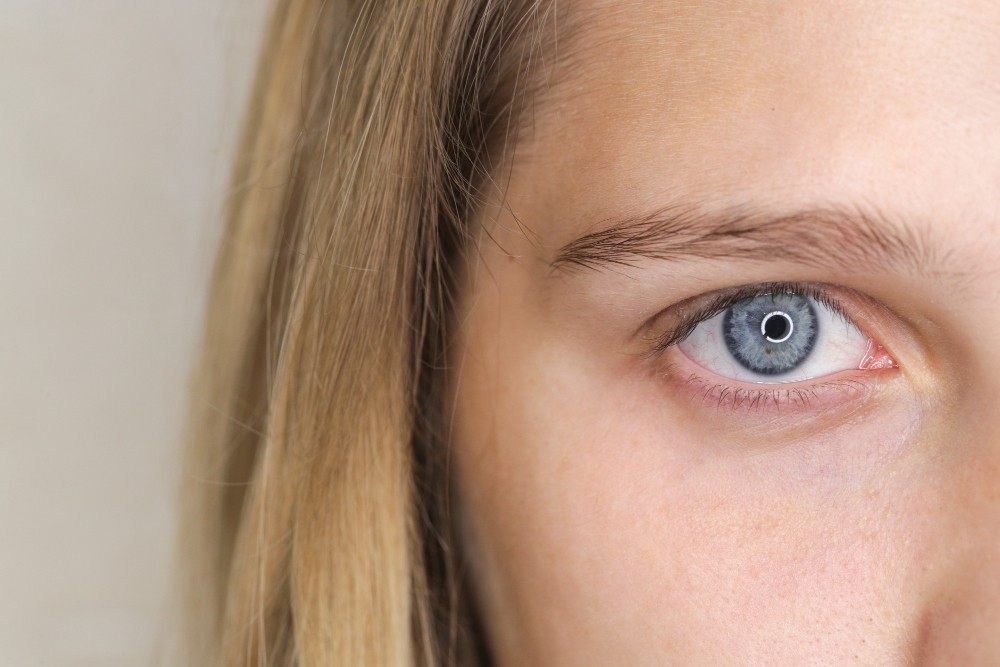Quote of Dünyagöz
Enucleation aims to remove the eye when the eye cannot be protected, usually due to a serious disease or tumor within the eye, or after a traumatic injury.
Enucleation is a surgical procedure and is usually performed by a specialist ophthalmologist. The eyeball is removed and the surgical site is properly closed.
After the eyeball is removed, an eye prosthesis or prosthetic eye may be fitted. This is used to provide an aesthetic appearance and to help the patient continue his daily life.
Enucleation is usually performed to protect the patient's health or improve their quality of life. However, each patient situation is different and an assessment and planning appropriate to the individual situation should be made before and after enucleation.
- Health Insurance
-
Accommodation
- Online Healthy Life Assistant 9/5
- Post - Experience Follow Up 6 Month
-
Extra Privileges
- Transfer

- Health Insurance
-
Accommodation
- Online Healthy Life Assistant 24/7
- Post - Experience Follow Up 1 Year
-
Extra Privileges
- Pre-Treatment Doctor Consultation
- Transfer

 Private
Private
- Health Insurance
- Healthy Life Butler
- Post - Experience Follow Up 2 Year
- World-Famous Doctor Consultation
-
Extra Privileges
* Price varies depending on extra and upgrade selections.
Individuals with aesthetic concerns related to the eyes, such as droopy eyelids, bags under the eyes, or issues affecting the eye's function, may be suitable candidates for Oculoplasty. A thorough evaluation by an oculoplastic surgeon is necessary to determine eligibility.
Common Oculoplasty procedures include eyelid surgery (blepharoplasty), ptosis repair (correction of droopy eyelids), tear duct surgery, orbital fracture repair, and treatments for various eyelid and orbital tumors.
No, Oculoplasty addresses both cosmetic and functional concerns. While some procedures aim to improve the aesthetic appearance of the eyes, others focus on correcting functional issues, such as impaired vision due to eyelid abnormalities.
Recovery time varies depending on the specific procedure performed. Generally, patients may experience swelling and bruising for the first week, with gradual improvement over several weeks. The surgeon will provide personalized post-operative care instructions.




